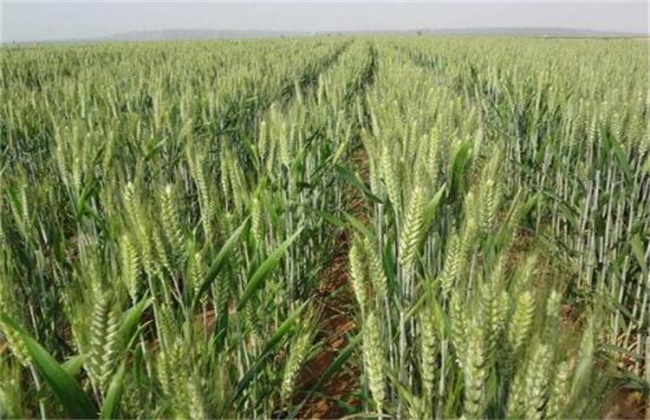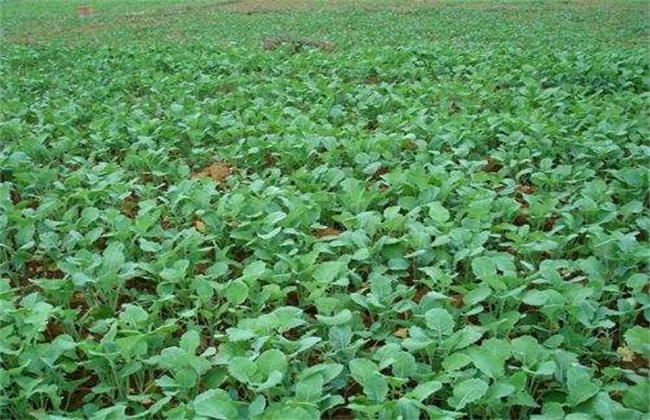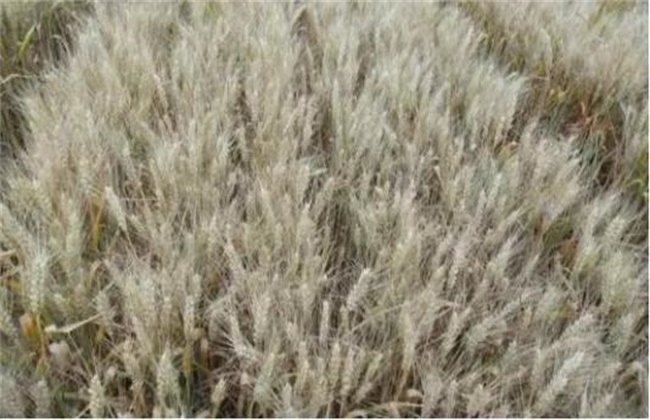Key points of Wheat Grain filling Management
The filling period of wheat has a great influence on the yield and quality of wheat, and it is the most joint link in the process of wheat planting, so how to manage the filling period of wheat? The following editor will share with you the management techniques of wheat filling period. Let's take a look.

1. Timely and appropriate irrigation
Good filling water is conducive to the further improvement of wheat yield, if improper irrigation will not only not increase production, but will lead to yield reduction and waste of water resources. Irrigation should be timely and appropriate according to the growth of wheat seedlings and field moisture, especially in the wheat fields with lighter soil texture, to prevent the filling effect of wheat seedlings affected by drought, and to avoid windy weather and wheat lodging during irrigation. Irrigation of wheat yellow water to promote grain fullness, irrigation should not be carried out at noon in high temperature and dry weather, so as to avoid the end of wheat filling ahead of time and reduce wheat yield.
2. Disease control
During the filling period, the main diseases of wheat are rust, powdery mildew, bacterial leaf spot and so on. Spray 1-2 times according to the severity of the disease, once every 7-10 days, at most 2 times, so as not to cause drug damage or drug residues, which is not conducive to wheat growth and human health.
3. Prevent dry hot wind and premature senility
During the filling period, the root absorptivity of wheat in summer, it is necessary to maintain a portion of leaves to maintain growth, to avoid premature senescence, and to reduce the effect of hot and dry wind on it, so as to ensure normal grain filling and make grains full. Potassium dihydrogen phosphate and brassin can be sprayed together when spraying disease prevention agents, but pay attention to the spraying time, be sure to carry out when the soil moisture is good in the morning and evening, and the concentration of the solution should not be too much, so as not to burn leaves and reduce production. Any foliar fertilizers and pesticides should be stopped 20 days before harvest to ensure that wheat is pollution-free.
4. Harvest in time
When 95% of the wheat enters the yellow ripening stage, it can be harvested at this time. The purpose of the harvest is to prevent rain, which will lead to a decline in the quality of wheat and ensure that the grains return to the warehouse and have a good harvest. In addition to harvesting the wheat field in time, the wheat straw should be pulled out of the ground in time to provide a site for re-sowing so as not to delay sowing time.
The above is the introduction of the main points of wheat filling period management. I hope it can help you. If you want to know more about it, please follow us.
Related
- The first cup of black tea in spring, the flavor and history of tea gardens in Kenya, Africa
- The computer can not only choose potatoes, but also grow tea rice. AI will grow winter oolong tea champion.
- It is not only the inflated tea bitten by insects, but also engraved with the four seasons tea in Beipu.
- The Oriental Beauty Tea Festival in Zhuxian County takes the stage at the weekend to experience the plus-size feast of oil tea.
- & quot; Oriental Beauty Tea & Exploration of Emei in Hsinchu, the hometown of quot;
- The new variety of strawberry "Tainong 1" dessert is the first choice with mellow aroma. Crimson gorgeous
- History of Tea in Taiwan: from Wild Inner Mountain to Export Tea Garden
- Two types of Taiwan Oriental Beauty Black Tea won the British three-Star Award for Childhood Tea Xiang Zhang Jiaqi changed from pilot to champion tea maker.
- Banana species and varieties: the planting history of Taiwan Xianren banana and dwarf banana is long, is banana disease resistant?
- Coffee planting Technology: Qianjie Coffee from Seedling to harvesting



